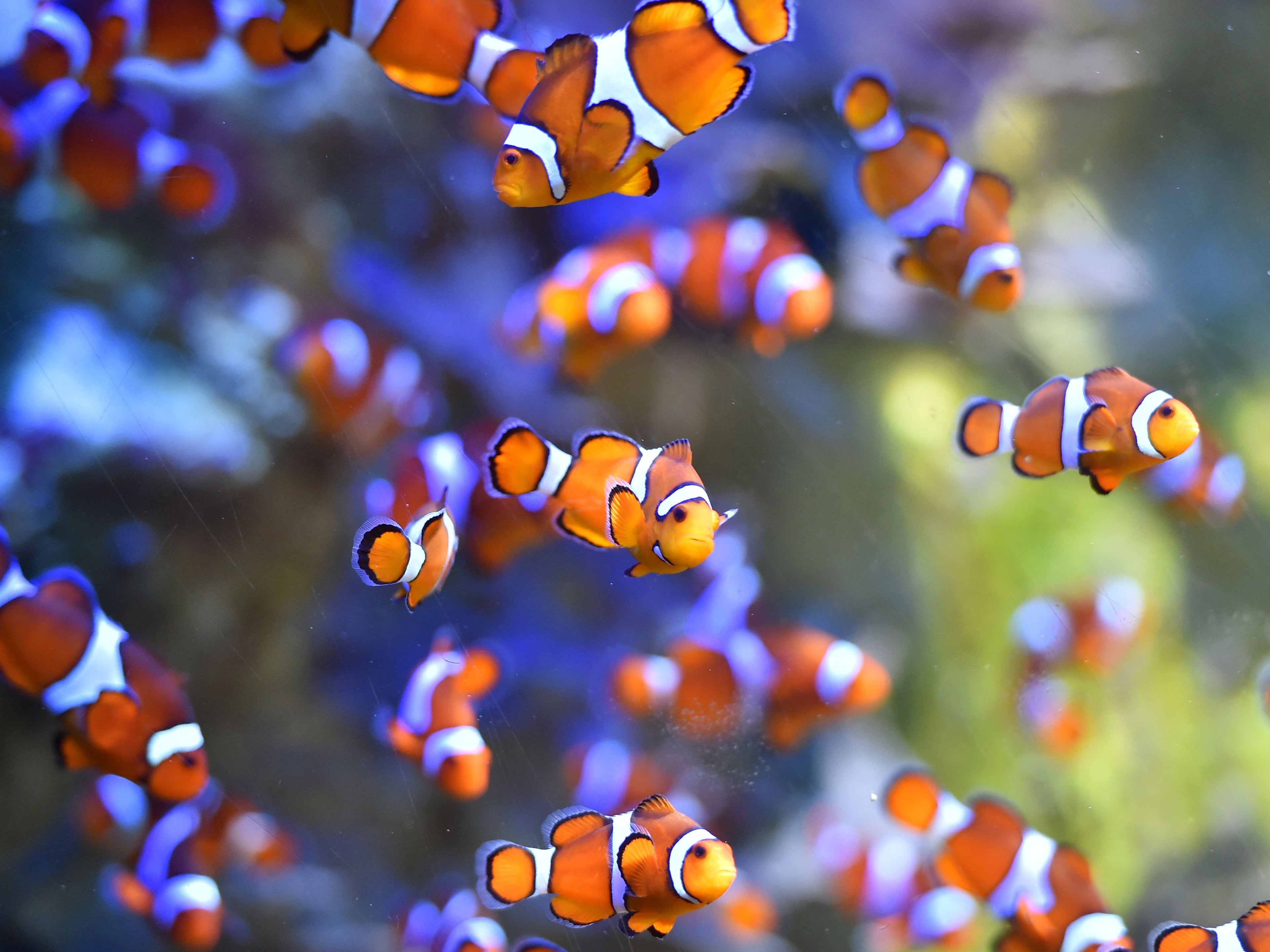Lights from luxury hotels causing ‘Nemo’ clownfish to die younger
‘Basically, these fish are just really tired,’ study’s author says

Your support helps us to tell the story
From reproductive rights to climate change to Big Tech, The Independent is on the ground when the story is developing. Whether it's investigating the financials of Elon Musk's pro-Trump PAC or producing our latest documentary, 'The A Word', which shines a light on the American women fighting for reproductive rights, we know how important it is to parse out the facts from the messaging.
At such a critical moment in US history, we need reporters on the ground. Your donation allows us to keep sending journalists to speak to both sides of the story.
The Independent is trusted by Americans across the entire political spectrum. And unlike many other quality news outlets, we choose not to lock Americans out of our reporting and analysis with paywalls. We believe quality journalism should be available to everyone, paid for by those who can afford it.
Your support makes all the difference.Coastal reef clownfish similar to the species that inspired beloved characters in Disney’s Finding Nemo are dying faster as a result of artificial human light, new research has suggested.
A study reported by The Guardian found that a species of clownfish, the orange-fin anemonefish, are more likely to die in areas with strong artificial human light at night.
The researchers monitored the fish for more than 18 months on a South Pacific island, observing young clownfish that lived close to the shore and artificial light in comparison to those much further into the reef and natural nocturnal lighting.
The newspaper said that 36 per cent were less likely to survive than their counterparts living away from the coast, while 44 per cent of those who did survive grew at a slower rate.
The international team of scientists studied reeds on Moorea, a small island of French Polynesia which is home to luxury hotels and bungalows with strong intentional light.
“Rooms have these little windows, like a portal in the floor, so you can turn the light on and look at the fish swimming around underneath,” Stephen Swearer, one of the authors of the study, told The Guardian.
Mr Swearer, who is a professor of marine biology at the University of Melbourne, told the paper that researchers are unsure why the light is causing the worrying disparity.
He said that the increased light density could be attracting more of the fish’s predators or be causing negative physiological effects that have an impact on the fish.
“Basically, these fish are just really tired, not being able to lower their activity levels at night,” he told the newspaper. “They may then behave in ways that mean they have less energy to avoid predation.”
The fish aren’t the only sea creature to have been recorded as being affected by ongoing light pollution due to humans, with Sea Turtle hatchlings also suffering due to its effects.
“Artificial light is known to have detrimental effects on the ecology of sea turtles,” a 2016 paper in the US National Institutes of Health’s National Library of Medicine archive says.
It continues: “Particularly at the hatchling stage when they emerge from nests on natal beaches and head towards the sea.”
The Florida Fish and Wildlife Conservation Commission says that “disorientation from artificial lighting causes thousands of hatchling deaths each year” describing it as a “significant marine turtle conservation problem.”
Prof Swearer called on local governments to regulate light so that it’s “not resulting in conditions that lead to public safety concerns but that also can mitigate the risk that they might pose to wildlife.”
“We can make sure populations of species that we care about have refuge from that stressor,” he said.
Join our commenting forum
Join thought-provoking conversations, follow other Independent readers and see their replies
Comments